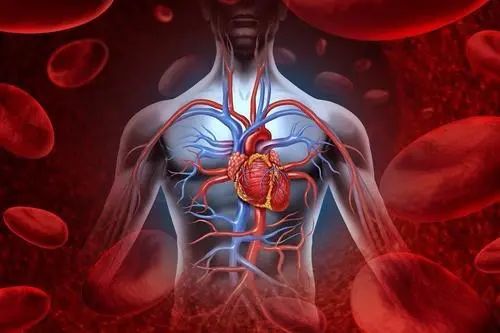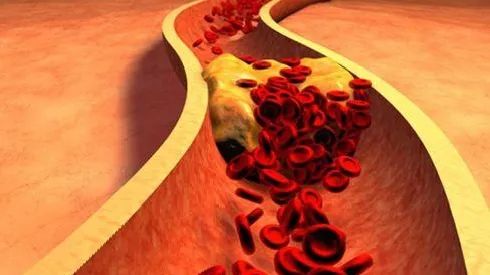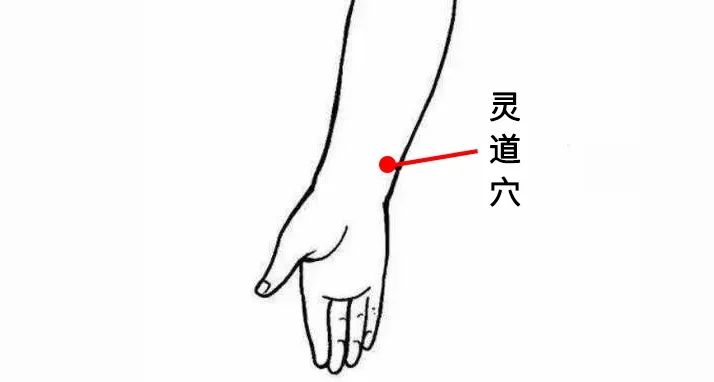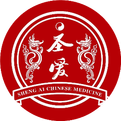
Blood stasis is a familiar concept, but a type of “special blood stasis” is often overlooked. Research shows that among patients with coronary heart disease, 51% of men and 54% of women have this neglected special blood stasis, yet only6.3% of these patients receive appropriate diagnosis and treatment.
Part 1: The Overlooked Special Blood Stasis
How should we respond?
Many heart disease patients exhibit this special blood stasis, but it is not given the attention it deserves.
This special blood stasis occurs not only in the heart but also in the nervous system, liver, and even in some tumor patients. Due to the unique structure of the heart, this special blood stasisis more likely to occur in theheart.

This special blood stasis refers to blood stasis occurring in small arteries, known asluo mai xue yu (collateral blood stasis), which is equivalent tomicrocirculatoryblockage.
Compared to ordinary blood stasis, collateral blood stasis has three characteristics:
It occurs at a relatively deeper location;
The pathological changes last longer;
It is more likely to give rise to pathological products such as phlegm turbidity, water dampness, stasis toxins, and cold-heat.
These three characteristics make collateral blood stasis have a more pronounced impact on the organs. Additionally, clinical observations show that generalblood-activating and stasis-resolving herbs have some therapeutic effect on collateral blood stasis, but the efficacy isnot ideal.
Part 2: Collateral Blood Stasis
Why does it lead to serious heart problems?
Collateral blood stasis over time can lead to microcirculatory disorders. We all know that blockage in large arteries can lead to the risk ofsudden death, but it is the small arteries that actually deliver oxygen and blood to the heart tissue, regulating the relationship between oxygen consumption and blood flow in the heart. A heart with normal microcirculation can provideover five times the basic oxygen consumption.

When microcirculation is blocked, the heart cannot provide sufficientoxygen consumption, leading to serious issues such as chest tightness, shortness of breath, palpitations, cerebral arteriosclerosis, hypertension, coronary heart disease, and stroke.
Angina caused by collateral blood stasis may not be very intense, but it lasts longer, andmedication takes longer to relieve symptoms. Many people experience attacks atnight, and the triggers are often unpredictable.
If there is a history of smoking, high blood sugar, or multiple vascular blockages, these individuals aremore likely to experiencespecial blood stasis.
Part 3: A Cup of Tea, An Acupoint
Helping You Protect Your Blood Vessels and Heart
▍1 San Zi Tong Luo FangHerbs: Su Zi (Perilla Seed), Bai Jie Zi (White Mustard Seed), Shan Zha Zi (Hawthorn Fruit)

Su Ziregulates qi and transforms phlegm, Bai Jie Zi opens the collaterals and resolvesphlegm turbidity, and Shan Zha Zi, which is the seed of hawthorn, not only has the effect ofstrengthening the spleen and aiding digestion, but alsoactivates blood and resolves stasis. Modern research has found that it can dilate coronary arteries and improve coronary blood flow, assisting inlowering blood pressure and lipids.
Method: Boil the above herbs in water, simmer for 20 minutes after boiling, and add water to continue boiling for another 20 minutes when drinking in the afternoon. The hawthorn can be used whole, without needing to remove the seeds.
Applicable Population: Suitable for those with chest tightness, chest pain, excessive phlegm, abdominal bloating, and indigestion. Even those without symptoms can drink it to prevent blood stasis issues.
Contraindicated Population: Those prone tointernal heat due to yin deficiency should avoid this formula.
▍2 Massage Ling Dao AcupointLing Dao is an acupoint on the heart meridian, located 1.5 cun below the wrist crease, at the ulnar side tendon that bulges when the palm is tightly clenched.

Method: Gently massage for 1.5 minutes, then press firmly for 2 minutes, followed by gentle massage for another 1.5 minutes, and repeat with the other hand.
Part 4: Six Foods
That Best Protect the Heart

Legumes
Black beans, yellow beans, peas, fava beans, lentils, chickpeas, and other legumes are rich in nutrients, low in fat, high in protein, and contain complex carbohydrates, dietary fiber, and active substances such as polyphenols and saponins, which helplower cholesterol.
Coffee
Coffee is rich in bioactive polyphenols (mainly chlorogenic acid), caffeine, and a variety of minerals like potassium. The main effects of polyphenols in coffee include:lowering blood sugar levels, inhibiting fat absorption, and promoting the breakdown of triglycerides in adipose tissue.
Tea
Tea is rich in flavonoids and polyphenolic antioxidants. Drinking tea (any type) daily canreduce the risk of ischemic heart disease by 8% and the risk of heart disease by 10%. Experts suggest that it is best to drink tea withoutsugar,sweeteners, orcream.
Mushrooms
Mushrooms haveanti-inflammatory and antioxidant properties and help increase vitamin D levels in the body. Various amino acids and β-glucans (polysaccharides) in mushrooms can prevent atherosclerosis, lower blood pressure and lipids, and regulate the immune system.
Regular consumption of mushrooms can alsoreduce complications of heart disease, such as metabolic syndrome, type 2 diabetes, and obesity.
Foods Rich in Omega-3 Fatty Acids
Omega-3 fatty acids, which haveheart-protective effects, can be divided into marine-derived omega-3 polyunsaturated fatty acids and plant-derived alpha-linolenic acid.
The former mainly includes fatty fish such as salmon, tuna, and mackerel. Plant-derived omega-3 fatty acids mainly include leafy green vegetables, walnuts, canola oil, soybean oil, and flaxseed oil.
Foods Rich in Vitamin B12
Supplementing vitamin B12 can reduce therisk of cardiovascular disease occurrence or recurrence. Foods rich in this nutrient include lean meats, fermented soy products, etc.
Note: This article is for informational purposes only.
For specific diagnosis and medication methods, please consult a doctor.



